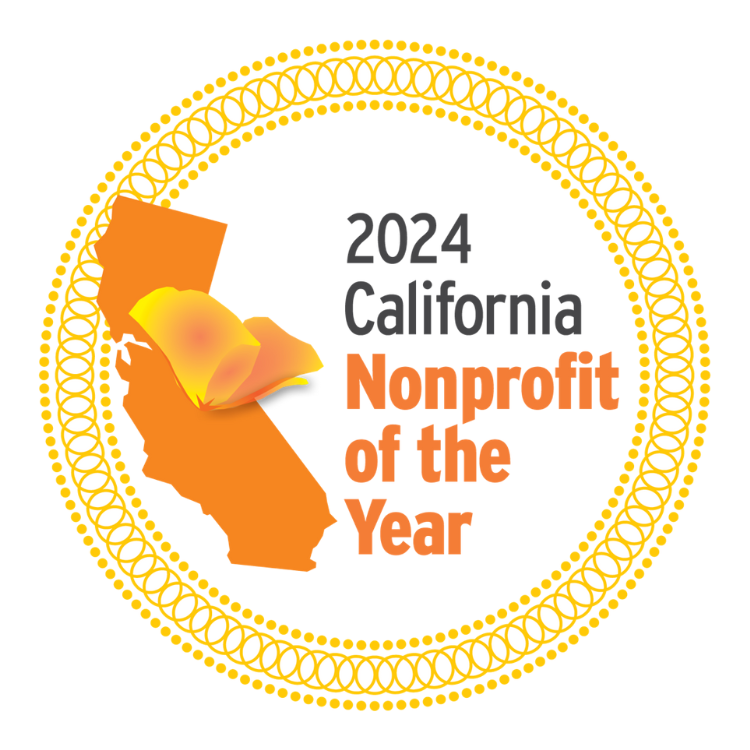Non-stick cookware is a common source of PFAS contamination.
In 2023, the State of California will prohibit the distribution and sale of PFAS-contaminated food packaging on January 1 and juvenile products on July 1. In September 2022, Governor Newsom approved two new Assembly Bills prohibiting PFAS-contaminated textiles and cosmetics that will go into effect in 2025.
PFAS (per- and polyfluoroalkyl substances) have been linked to several adverse health effects, including kidney and liver disease, asthma, and kidney and testicular cancer. These “forever chemicals” have been widely used in manufacturing and are found in many consumer, commercial, and industrial products. Common sources are non-stick cookware, waterproof garments, food wrappers with stainproof coating, and firefighting foams. They do not break down over time and accumulate in people, wildlife, and the environment.
Earlier this year, Orange County Coastkeeper joined Waterkeeper Alliance in a nationwide PFAS study. In a test of 114 waterways across the country, 83% were polluted with at least one type of PFAS. San Diego Creek, which leads into Upper Newport Bay, contained the highest levels of PFAS concentrations of all the sample sites on the West Coast. Orange County Water District has begun implementing PFAS treatment facilities to address polluted groundwater around the county.
Legislation Key Points
AB-1200: Food packaging and cookware containing PFAS
- Chaptered in October 2021
- Prohibits the distribution and sale of food packaging containing regulated PFAS starting January 1, 2023
- Requires food packaging manufacturers to use the least toxic alternative when replacing PFAS chemicals
- “Food packaging” includes food and beverage containers, take-out food containers, wrappers, utensils, straws, disposable tableware, and more
- Requires cookware manufacturers to include a list of intentionally added PFAS chemicals on their website by January 1, 2023, and on product labels by January 1, 2024
AB-652: Juvenile products containing PFAS
- Chaptered in October 2021
- Prohibits the distribution and sale of juvenile products containing regulated PFAS starting July 1, 2023
- Requires juvenile product manufacturers to use the least toxic alternative when replacing PFAS chemicals
- Defines juvenile product as “a product designed for use by infants and children under 12 years of age,” including items such as cribs, strollers, and car seats
AB-1817: Textile articles containing PFAS
- Chaptered in September 2022
- Prohibits the manufacture, distribution, sale, or offer of textile articles containing regulated PFAS starting January 1, 2025
- Requires textile manufacturers to use the least toxic alternative when replacing PFAS chemicals
- Requires textile manufacturers to provide the product sellers and distributors with a certificate of compliance affirming that the product does not contain any regulated PFAS
- Provides exceptions for “outdoor apparel for severe wet conditions”
- Items in this category have until January 1, 2028, to comply
- Items in this category must include the disclosure statement “Made with PFAS chemicals” on product packaging and online stores by January 1, 2025
AB-2771: Cosmetic products containing PFAS
- Chaptered in September 2022
- Prohibits the manufacture, sale, delivery, holding, or offer of cosmetic products containing intentionally added PFAS starting January 1, 2025





